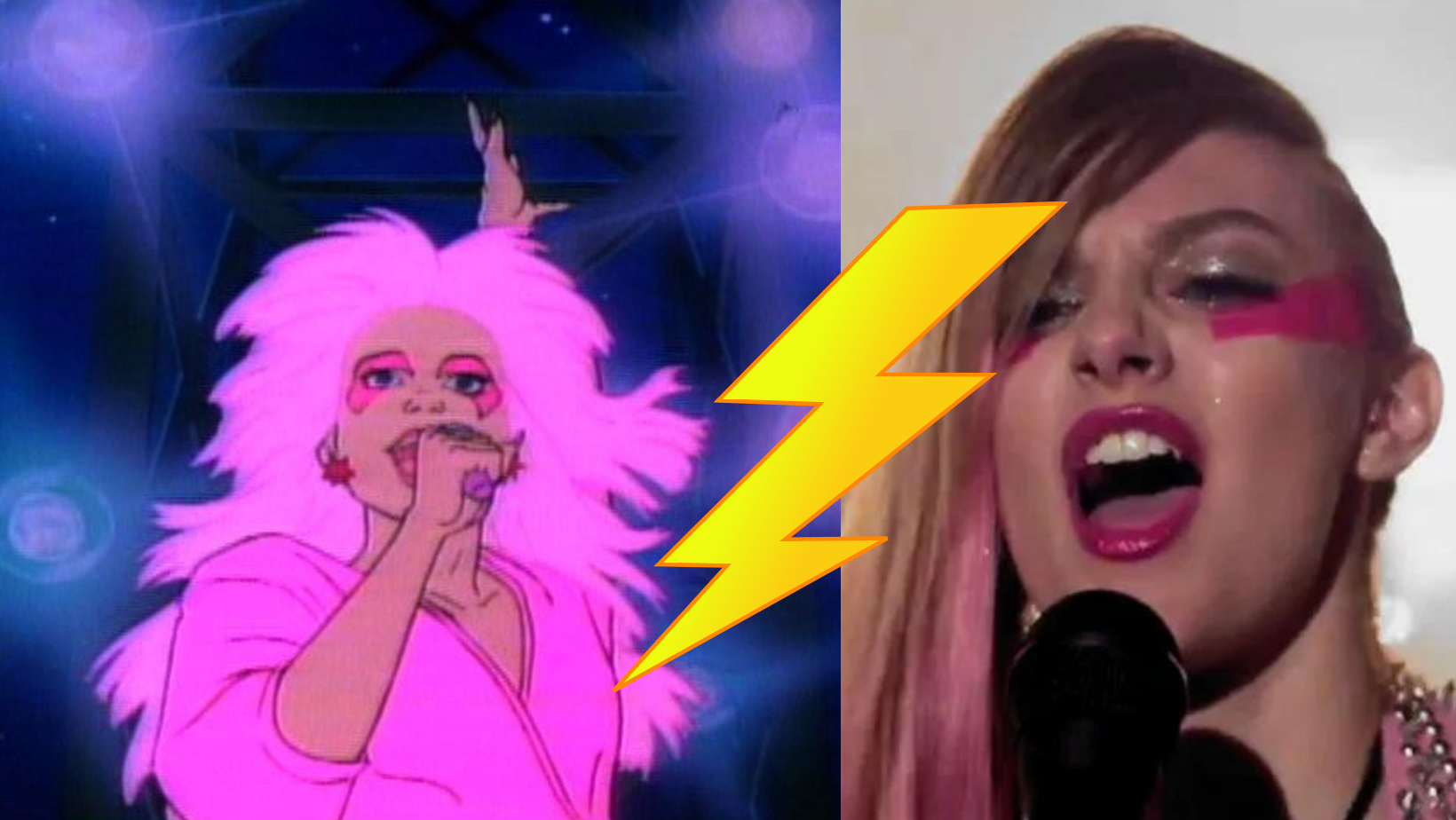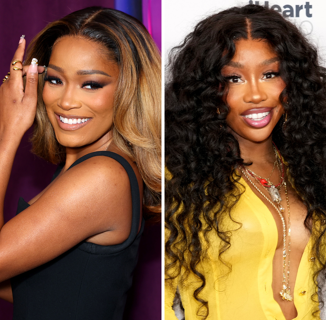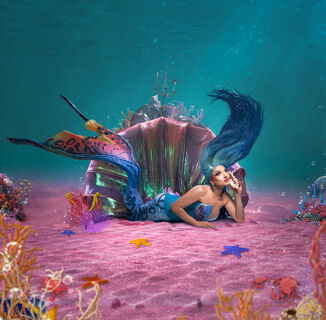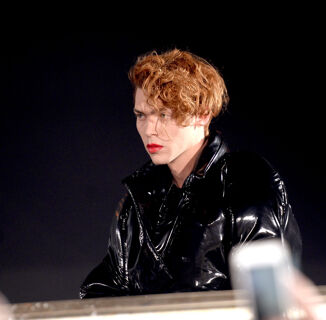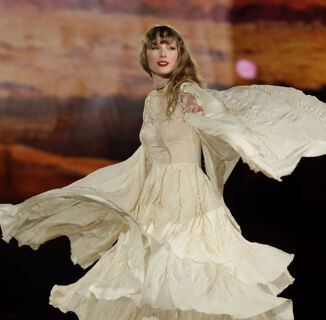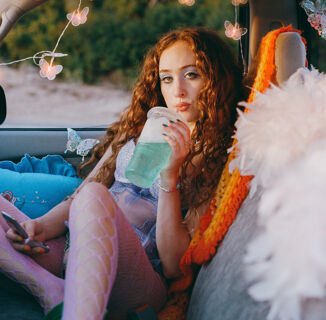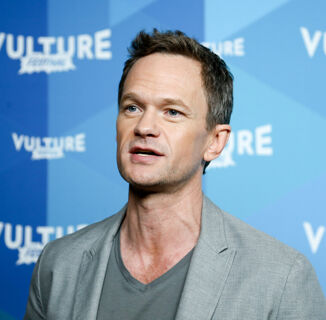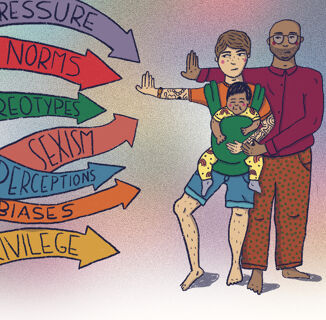In the past few years, two 80’s animated series He-Man and The Masters of The Universe and She-Ra Princess of Power have both received animated reboots. The original “He-Man” and its reboot have cemented He-Man as a gay icon for its subtext, while She-Ra’s reboot She-Ra and The Princesses of Power has been praised for including LGBTQ+ characters. However, there is one more 80s cartoon that is beloved by LGBTQ+ fans and needs an animated reboot: Jem. Although the series has received a modern makeover via IDW’s comic book series, an animated adaptation would breathe even more life into the characters.
Created by Kristy Marx, Jem told the story of Jerrica Benton, a young woman who inherits an advanced holographic A.I. technology named Synergy after the death of her father. In order to raise money for the foster home Starlight House and regain control of the music company Starlight Records, Jerrica uses Synergy to create an alter-ego called Jem. Jerrica then forms a band with her biological sister Kimber and her adopted foster sisters Aja and Shana called Jem and The Holograms to battle rival band The Misfits. Jem and The Holograms become famous and experience all sorts of highs and lows as Jerrica tries to balance her double life.
Despite its premature cancellation in 1988, the series has gone on to be loved by old and new fans alike. One reason for this is the queer subtext embodied by Jerrica’s double life providing comfort LGBTQ+ fans. In a Rolling Stone article discussing Jem’s legacy, musician Garth Jensen stated that the show had “an unconscious appeal” to the LGBTQ community due to Jerrica’s secret identity and the glamour and fear that came from it. Queer subtext could also be found in the mutual respect between rival female band members Kimber of The Holograms and Stormer of The Misfits, who collaborated on music together in the episode “The Bands Breaks Up.”
Although the series has received a modern makeover via IDW’s comic book series, an animated adaptation would breathe even more life into the characters.
Another reason that the series is still appreciated today is that the show was racially diverse, had a relatable female lead who was both a rock star and a businesswoman, and tackled serious issues. Two of Jerrica’s sisters and fellow Hologram members Aja and Shana, are Asian and African American. One of the most notable episodes titled, “Roxy Rumbles” shows Misfits’ member Roxy in a sympathetic light when it is revealed that she is illiterate. There are other media with fictional rock bands, but there has yet to be another that has such a wide appeal for all ages to enjoy.
With the IDW comic book series written by Kelly Thompson and drawn by illustrators such as trans artist Sophie Campbell, the books place the characters of Jem in a contemporary setting while persevering the glamorous, diverse, and down-to-earth spirit of the original. Some of the most significant changes are making Kimber and Stormer a couple, Stormer being a fat lesbian woman, and a new trans female character named Blaze. On top of all this, The Misfits go from being rowdy criminal troublemakers to being a rowdy found family.
The show was racially diverse, had a relatable female lead who was both a rock star and a businesswoman, and tackled serious issues.
These changes are a gift to the LGBTQ+ fans of Jem because they are woven so naturally into the original premise of Jem. They also have a lot of heart. At first, Kimber and Stormer try to keep their relationship a secret because both of their groups fear how the press would treat them in the news and how fans would react on social media. Eventually, the two kiss publicly at a concert and the crowd gives them the couple name “Stimber”. Meanwhile, Blaze gets a respectful coming-out arc as she temporarily becomes The Misfits’ lead singer and then later becomes lead guitarist and forms her own band, The Lunas, as a side project.
In addition to the comics’ appeal to LGBTQ+ readers, the comic books also flesh out some plot points and characters from the original cartoon that were never fully explored. One of the biggest ones was that Jerrica never got to tell her love interest, Rio Pacheco, that she is Jem. Not only does Jerrica get to do this in the comic books, but the build up is satisfying because of how it juxtaposes Jem and The Holograms’ success with Jerrica attempting to balance her double life. One of the best arcs of the series is the “Dark Jem” storyline when Synergy is corrupted by a virus known as Silicia and turns Jem and The Holograms into a goth band, brainwashes people with music, and causes Jerrica to have an identity crisis in the aftermath.
Besides this, The Misfits get more character development in both the main comic book series and in their own spin-off book. In the book Jem and The Holograms: The Misfits, The Misfits decide to take part in a reality tv show to rebuild their brand while reminiscing on the past. All of the comic chapters in this book either show how each member joined the band or wanted to do music as a career. One of the most emotionally palpable chapters focuses on Stormer and how she ends up taking charge of her personal story despite being fat-shamed in the past and present by peers and fans. Another chapter builds on the “Roxy Rumbles” Jem episode and shows how Roxy ended up being illiterate and how she found solace in the band and her friendship with fellow band member Jetta.
As a queer fan who discovered the Jem animated series and the comic book series for the first time this year, I believe that the latter bridges the past and present with great character development, fantastic artwork, and outrageous storylines. All these stories need is an awesome music soundtrack, quality animation, and talented voice acting to reach its full potential. Tell He-Man and She-Ra to make room for Synergy, because it’s showtime! ♦
Help make sure LGBTQ+ stories are being told...
We can't rely on mainstream media to tell our stories. That's why we don't lock our articles behind a paywall. Will you support our mission with a contribution today?
Cancel anytime · Proudly LGBTQ+ owned and operated
Read More in Entertainment
The Latest on INTO
Subscribe to get a twice-weekly dose of queer news, updates, and insights from the INTO team.
in Your Inbox

